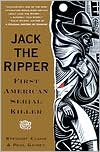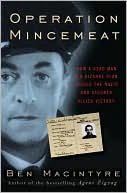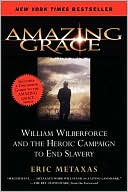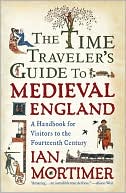Jack the Ripper: First American Serial Killer
Does the bloody trail of Jack the Ripper finally lead to America?\ This headline-making book offers convincing proof that the serial killer who terrorized London in 1888 was, in fact, an American. Spurred by the startling discovery of a letter written by a Scotland Yard inspector, two veteran police investigators have traced the shadowy movements of a self-styled "doctor" from St. Louis who had a criminal record spanning both sides of the Atlantic. Two decades after the Ripper's murderous...
Search in google:
Does the bloody trail of Jack the Ripper finally lead to America? This headline-making book offers convincing proof that the serial killer who terrorized London in 1888 was, in fact, an American. Spurred by the startling discovery of a letter written by a Scotland Yard inspector, two veteran police investigators have traced the shadowy movements of a self-styled "doctor" from St. Louis who had a criminal record spanning both sides of the Atlantic. Two decades after the Ripper's murderous spree, Inspector John George Littlechild, then retired, laments in his fateful letter: "to my mind a very likely [suspect] . . . was an American quack named Francis Tumblety. . . his feelings toward women were remarkable and bitter in the extreme." Littlechild expresses dismay that Tumblety, who was in custody only briefly, was ever granted bail, enabling him to flee London-just as the murders ended. The Littlechild letter, printed in this book, provides crucial details either overlooked by police officials at the time of the investigation or later suppressed because they would reveal the same officials had allowed their prime suspect to slip through their fingers. Sifting through the entire historical record and their own surprising discoveries, Stewart Evans and Paul Gainey have created a true-life detective story that will fascinate all readers of Arthur Conan Doyle, Wilkie Collins, and Charles Dickens. Vividly evoking the mean streets of Victorian London and the wave of terror that swept the city with the Ripper's grisly crimes, they convincingly paint a portrait of history's most infamous serial killer. Publishers Weekly The murder and mutilation of at least five prostitutes in the Whitechapel district of London in the fall of 1888 continues to fascinate students of true crime, largely because the perpetrator, Jack the Ripper, was never caught. The slayings have prompted dozens of books, and more than 100 identities for the killer have been suggested. The British authorsEvans is a police officer, Gainey a constabulary secretaryhere argue that the killer was an American, a quack doctor named Francis Tumblety who at the time was suspected by Scotland Yard. Tumblety, a peddler of fake nostrums, had earlier been temporarily charged with complicity in the assassination of Abraham Lincoln. At the time of the Ripper murders, Tumblety, who was living in London and was out on bail for other charges, fled England and made his way back to the U.S., where he died in 1903. Evans and Gainey make a case as tenuous as most, theirs based on a contemporary letter written by the head of Scotland Yard's Special Branch, John Littlechild, who suspected Tumblety. Their book will interest only the most dedicated Ripperologists, who may also find merit in the grisly photos. (Oct.)
\ Publishers Weekly\ - Publisher's Weekly\ The murder and mutilation of at least five prostitutes in the Whitechapel district of London in the fall of 1888 continues to fascinate students of true crime, largely because the perpetrator, Jack the Ripper, was never caught. The slayings have prompted dozens of books, and more than 100 identities for the killer have been suggested. The British authorsEvans is a police officer, Gainey a constabulary secretaryhere argue that the killer was an American, a quack doctor named Francis Tumblety who at the time was suspected by Scotland Yard. Tumblety, a peddler of fake nostrums, had earlier been temporarily charged with complicity in the assassination of Abraham Lincoln. At the time of the Ripper murders, Tumblety, who was living in London and was out on bail for other charges, fled England and made his way back to the U.S., where he died in 1903. Evans and Gainey make a case as tenuous as most, theirs based on a contemporary letter written by the head of Scotland Yard's Special Branch, John Littlechild, who suspected Tumblety. Their book will interest only the most dedicated Ripperologists, who may also find merit in the grisly photos. (Oct.)\ \








